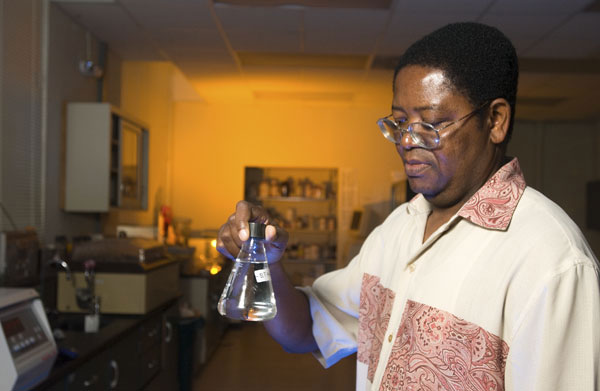Virginia Tech Research magazine features environmental research

From air quality to wildlife scat, the Summer 2008 "Virginia Tech Research" magazine provides articles about environmental research.
World-renowned environmentalist and scholar John Cairns Jr. begins the magazine with a red alert to clean up the earth’s atmosphere. “The carbon dioxide that is discharged into the atmosphere today will remain for at least 100 years,” he explains.
Articles on research related to air quality report on work by the Computational Science Laboratory to create models with accurate detailed forecasts of air quality. Meanwhile, researchers in civil and environmental engineering have identified pollutants from common materials that poison indoor air and are tracking the emissions in outdoor air from new industries and the usual suspects.
Articles about water quality look at research to clean up the Chesapeake Bay, the rivers and streams of Southwest Virginia, and points in between.
Human actions not only threaten air and water, but other forms of life. In fact, the loss of biodiversity is our biggest environmental challenge. A new science and technology in society major — humanities, science, and environment – will address such challenges.
As researchers are able to discern smaller and smaller matter and its interactions, they are discovering that nanominerals – consisting of only a few molecules of matter -- influence the Earth in ways only now being realized. It turns out that such small pieces of even common minerals interact differently with air, water, and living matter than the large hunks of rocks and ore.
What about wildlife scat? A new resource for discovering the habitats and eating habits of elusive big cats are retired drug-sniffing dogs that have been retrained to find signs of a different kind of wild life.
View the magazine online. To request a printed copy, e-mail Susan Trulove.
IMAGE INFORMATION: Foster Agblevor, associate professor of biological systems engineering in the College of Agriculture and Life Sciences, is converting animal wastes, such as poultry litter; residues, such as cotton gin waste; and nonfood energy crops, such as switchgrass, to fuels and value-added products.




